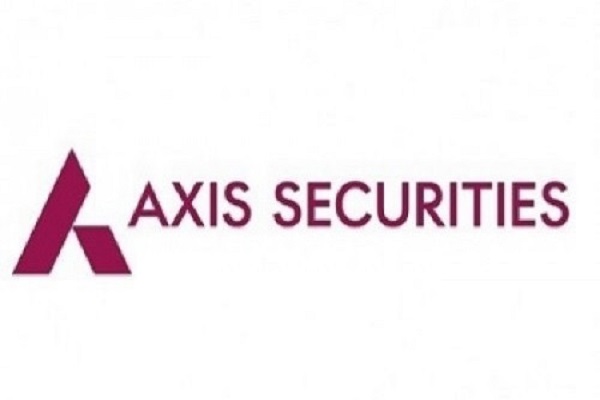India Tourism: Exploring the Natural Beauty of the Valley of Flowers

India is a land of diverse landscapes, vibrant cultures, and rich history. Among its many natural wonders, the Valley of Flowers stands out as one of the most stunning and awe-inspiring destinations for nature lovers and adventure seekers. Situated in the northern state of Uttarakhand, this UNESCO World Heritage site is a sanctuary for over 500 species of wildflowers, making it one of the most beautiful and ethereal spots in India. In this article, we’ll dive into the charm and allure of the Valley of Flowers, highlighting what makes it a must-visit destination for nature enthusiasts.
1. The Valley of Flowers: A Hidden Gem
Nestled in the Western Himalayas, the Valley of Flowers National Park is a vast expanse of lush meadows, alpine forests, and glacial rivers. The park is known for its breathtaking array of wildflowers that bloom during the monsoon season, transforming the valley into a colorful carpet of reds, yellows, pinks, and blues. The valley is situated at an altitude of 3,600 meters (11,800 feet), and the best time to visit is between July and September, when the flowers are in full bloom.
The Valley of Flowers is not just famous for its stunning flora but also for its rich biodiversity. It is home to a variety of rare and endangered species of plants, animals, and birds, including the elusive snow leopard, Himalayan musk deer, and over 100 species of butterflies. This paradise on earth is a true haven for photographers, botanists, trekkers, and anyone looking to connect with nature.
2. How to Reach the Valley of Flowers
Getting to the Valley of Flowers requires some effort and adventure, as it is located in a remote area of Uttarakhand. The journey typically begins in Joshimath, which is the nearest town to the park. From Joshimath, trekkers have to head to Govindghat, the starting point of the trek to the valley. The trek itself is around 13 kilometers and takes about 5-6 hours to complete, depending on your pace.
Along the way, visitors are treated to panoramic views of the surrounding mountains, rivers, and forests. The trek is relatively moderate in difficulty, making it accessible to most travelers who are physically fit and accustomed to walking in the mountains.
3. Flora and Fauna of the Valley
The highlight of the Valley of Flowers is undoubtedly its flowers. The park boasts a rich diversity of alpine flora, including species like blue poppy, crocus, anemones, rhododendrons, and oriental lilies. These flowers bloom in a kaleidoscope of colors, creating an otherworldly atmosphere in the valley.
Besides flowers, the valley is home to a variety of wildlife. The region’s varied ecosystems—from lush meadows to alpine forests—support a diverse range of animals. Snow leopards, brown bears, Himalayan tahr, and musk deer roam these hills, while a wide variety of birds, including the endangered Himalayan monal and the yellow-breasted greenfinch, are frequently spotted.
4. Trekking and Adventure Activities
For adventure enthusiasts, the Valley of Flowers offers an unforgettable trekking experience. The trek to the valley is considered moderate, but the natural beauty along the route makes it a rewarding challenge. The path is well-maintained and suitable for most trekkers, although it is recommended to have some experience with mountain trekking.
Apart from the main trek to the Valley of Flowers, the region also offers other trekking routes, including those leading to the Hemkund Sahib, a famous Sikh pilgrimage site. Hemkund Sahib is located at an altitude of 4,329 meters and is known for its high-altitude lake, surrounded by snow-capped mountains.
5. Best Time to Visit
The ideal time to visit the Valley of Flowers is during the summer monsoon months of July to September. This is when the flowers are in full bloom, and the valley comes alive with vibrant colors. The weather during this period is pleasant, with temperatures ranging from 15°C to 20°C during the day and cooler temperatures at night.
The winter months, from November to March, bring heavy snowfall to the region, making the trek difficult and inaccessible. Spring (April and May) and autumn (October) offer beautiful landscapes, but the flowers are not as abundant during these seasons.
6. Conservation and Environmental Responsibility
As the Valley of Flowers attracts more tourists, it is essential to maintain the delicate balance between tourism and conservation. The region is protected under the National Parks Act, and the Uttarakhand government has implemented measures to preserve its fragile ecosystem. Visitors are urged to follow responsible tourism practices, such as avoiding littering, staying on marked trails, and respecting the natural surroundings.
7. Local Culture and Heritage
The Valley of Flowers is located in a region that is rich in local culture. The nearby town of Govindghat and the Hemkund Sahib Gurudwara are places of spiritual significance. Trekking through these regions offers an opportunity to connect not only with nature but also with the traditions and practices of the local communities, many of whom have been living in the area for generations.
Conclusion: A Journey Into Paradise
The Valley of Flowers is a hidden gem of India, offering a perfect blend of natural beauty, biodiversity, and adventure. Whether you are a nature lover, a trekker, or someone looking to explore one of India’s most spectacular landscapes, the Valley of Flowers promises an unforgettable experience. So, pack your bags, lace up your trekking boots, and set out to discover the magic of one of India’s most scenic destinations.





















